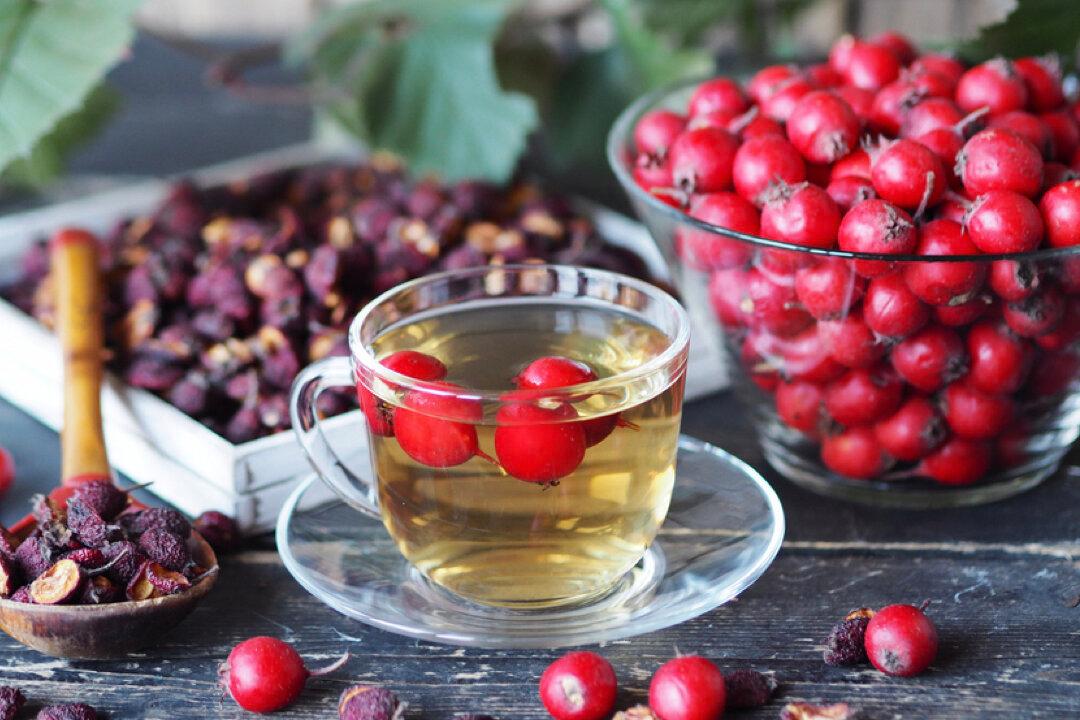Hawthorn has served as both a food and medicine for thousands of years. It’s one of the longest-used medicinal plants in European herbalism. Up until the 19th century, it was widely associated with fairies and magic.
Today hawthorn ranks among the three most often used “heart herbs” in the West (along with garlic and cayenne pepper) and is prescribed by doctors and herbalists alike. It’s used to treat all manner of cardiovascular problems: high blood pressure, high cholesterol, arrhythmia, angina, enlarged heart, hardening of the arteries—you name it.






